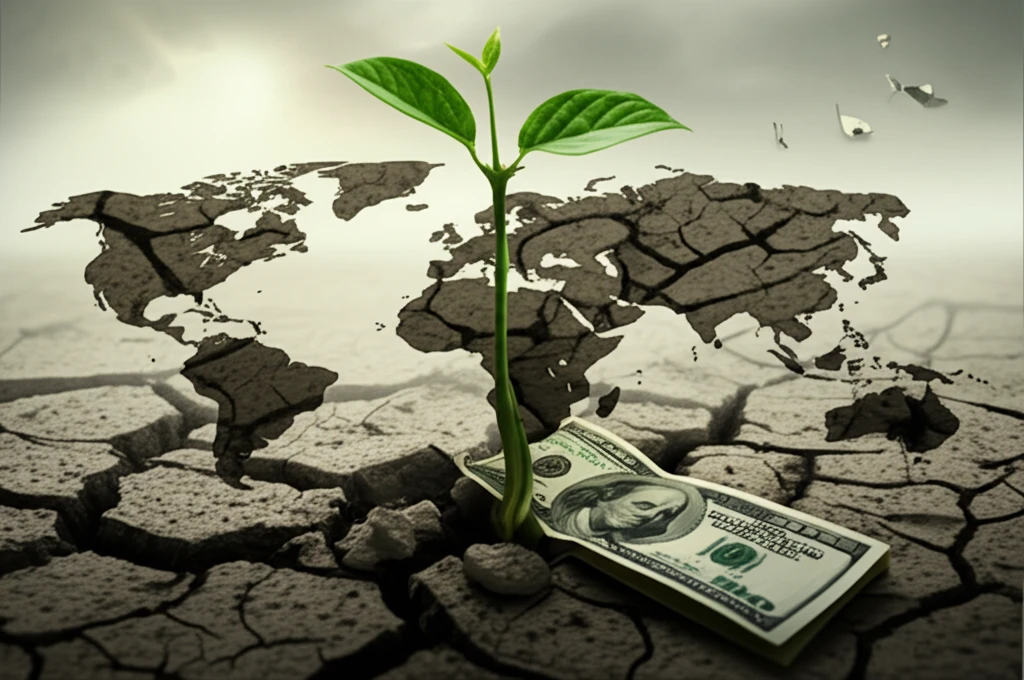
Is Green Growth an Illusion? Unpacking the Decoupling Debate
"Dive into the complexities of decoupling GDP growth from environmental impact and discover why achieving true sustainability is more challenging than it seems."
In an era defined by climate concerns and sustainability goals, the concept of "decoupling" has gained traction as a potential solution. Decoupling refers to the idea of separating economic growth (measured by Gross Domestic Product, or GDP) from environmental impact. The promise is alluring: can we continue to grow our economies without further depleting resources and harming the planet? This question is at the heart of an ongoing debate among economists, environmental scientists, and policymakers.
One influential paper that significantly contributed to this debate is "Is Decoupling GDP Growth from Environmental Impact Possible?" by Ward et al. (2016). This study, published in PLOS One, examined historical data on material and energy consumption in relation to GDP growth, concluding that only relative decoupling had occurred, suggesting that absolute decoupling – where environmental impact decreases even as GDP grows – is implausible. The paper has been widely cited and has become a cornerstone in discussions about the feasibility of green growth.
However, the Ward et al. paper isn't without its critics. Metrics matter, and a formal comment on this paper highlights critical flaws in the original data, particularly concerning GDP and material use calculations. This re-evaluation suggests that the decoupling narrative is far more complex and that the challenges of achieving sustainable growth are even greater than initially perceived. In this article, we'll break down these crucial corrections and explore the implications for our understanding of sustainable development.
The Data Dilemma: Unpacking the Errors in GDP and Material Use

The formal comment raises two primary concerns about the data used in the original Ward et al. study. The first involves the use of GDP data in current prices, which includes the effects of inflation. To accurately compare economic activity over time and relate it to resource use, GDP data must be adjusted to constant prices, effectively removing the impact of inflation. Failing to do so can distort the true relationship between economic growth and environmental impact.
- GDP Data: Original study used current prices (including inflation), while corrected analysis uses constant prices.
- Material Use Data: Original study included fossil energy materials, while corrected analysis focuses on mineral raw materials.
- Impact: Corrections reveal smaller levels of energy-GDP decoupling and little to no material-GDP decoupling at a global level.
Reassessing the Path to Sustainability
The debate surrounding decoupling highlights the complexities of achieving genuine sustainability. While technological advancements and policy interventions can certainly improve resource efficiency and reduce environmental impact, the fundamental challenge remains: How can we reshape our economic systems to prioritize well-being and environmental stewardship over relentless growth in GDP? The insights from the corrected data underscore the need for a more nuanced and critical approach to sustainability, one that moves beyond simplistic assumptions about decoupling and embraces systemic changes in production, consumption, and governance. As we move forward, it’s essential to base our strategies on solid, verifiable data and a clear-eyed understanding of the interconnections between economic activity and the natural world.
